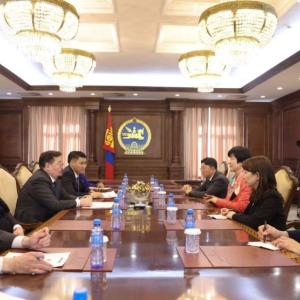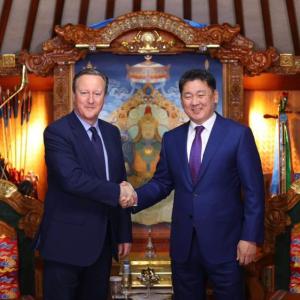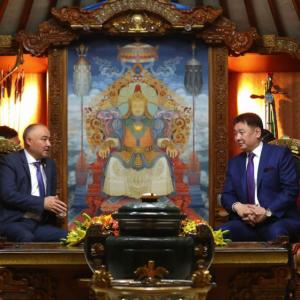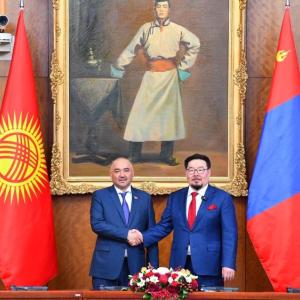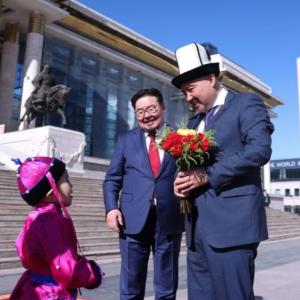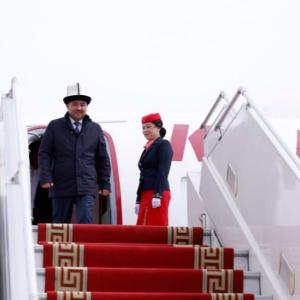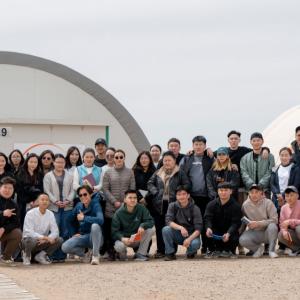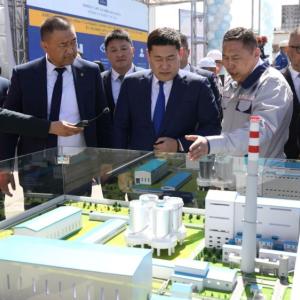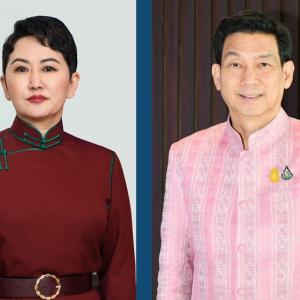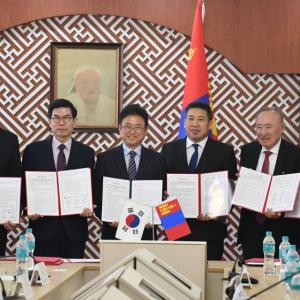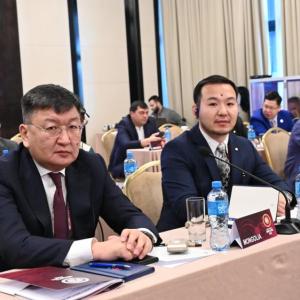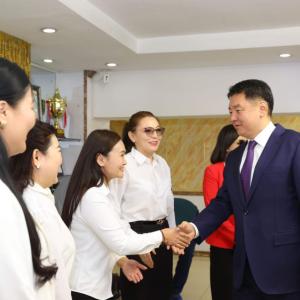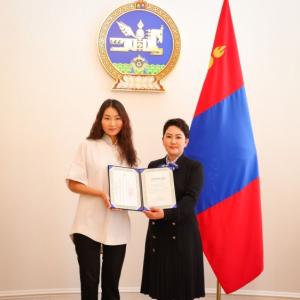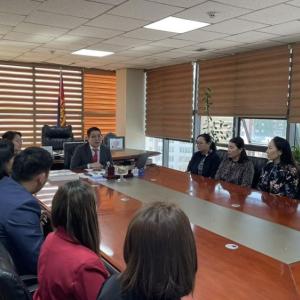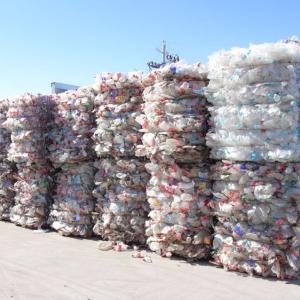E.Odbayar: Diversifying the economy is a way to enter the market for landlocked countries
EconomyUlaanbaatar /MONTSAME/. The main challenge for landlocked countries relates to trade. Or more specifically, commodity-trade-manufacturing. This topic is being discussed at the sub-regional workshop with the theme “Fostering Structural Transformation and Export Diversification in Selected Asian Landlocked Developing Countries”, which is taking place at the UN House today. In her opening remarks Vice Minister for Foreign Affairs of Mongolia B.Battsetseg expressed
her appreciation to the United Nations’ Conference on Trade and Development (UNCTAD) for its joint organization of the workshop with the International Think Tank for Landlocked Developing Countries. Mongolia is one of the 6 landlocked countries in Asia, namely Kazakhstan, Kyrgyzstan, Uzbekistan, Laos and Bhutan.
“Mongolia attaches utmost importance to the implementation of the Vienna
Programme of Action for LLDCs as well as to the collective and coordinated
efforts of the LLDCs with the view to advance their common interests and
addressing the special needs and challenges facing LLDCs.” She then highlighted
that “Priority 5” of the Vienna Programme of Action is “Structural Economic
Transformation”, in other words increasing economic and export diversification.
The Vice Minister continued on by saying, “It is a key element to the
eradication of poverty and inclusive, sustainable development along with
economic growth of LLDCs by creating more job opportunities and diversifying
domestic manufacturing.”

Results of the joint study on economy diversification for East Asian LLDCs by the UNCTAD and the International Think Tank for LLDCs was presented at the workshop.
Executive Director of the International Think Tank for LLDCs E.Odbayar said on the study: “Mongolia, Kazakhstan, Kyrgyzstan, Uzbekistan, Laos and Bhutan--Despite the differences in policies and conditions for development, these 6 LLDCs of Asia are facing the same challenges due to their dependence on mining commodities. A way to solve this is by diversifying the economy. This has been discussed at the political level for many years, but our mistake lied in not considering human capital, educated human resource and workforce. Adopting a law on diversifying the economy is only 35 percent of the implementation.”

 Ulaanbaatar
Ulaanbaatar








